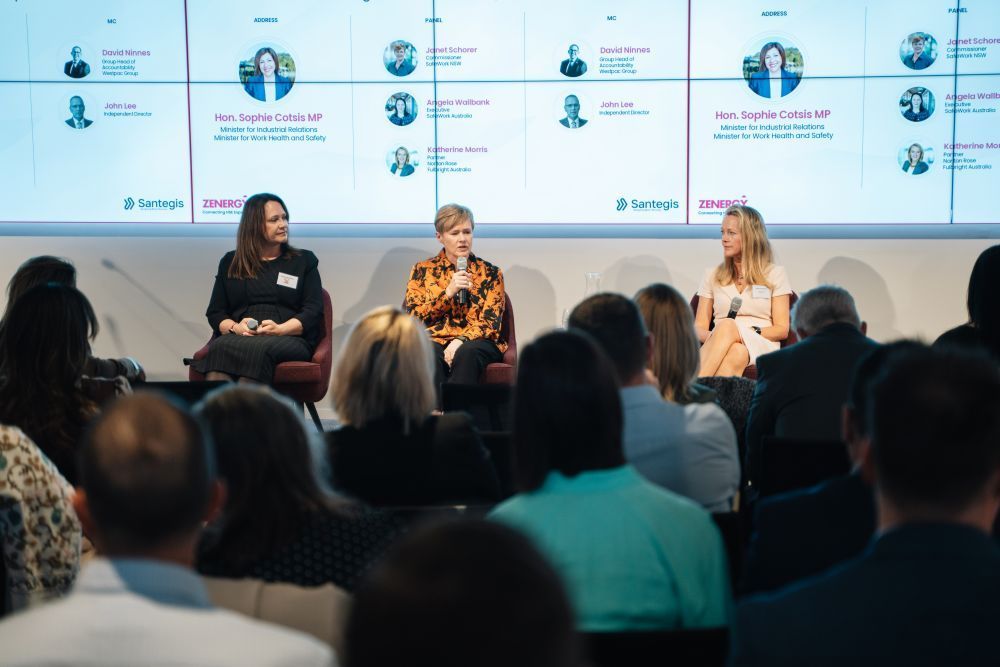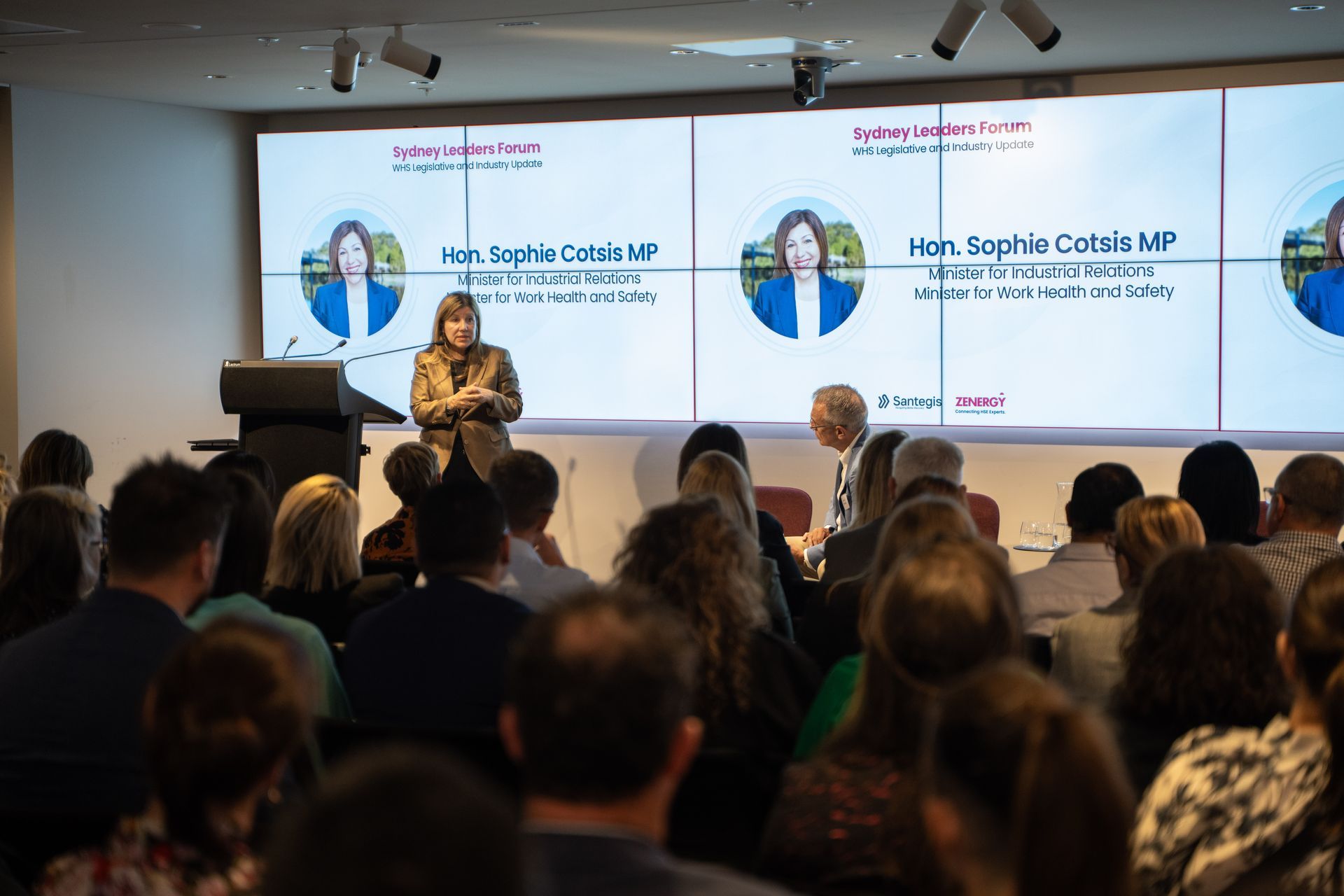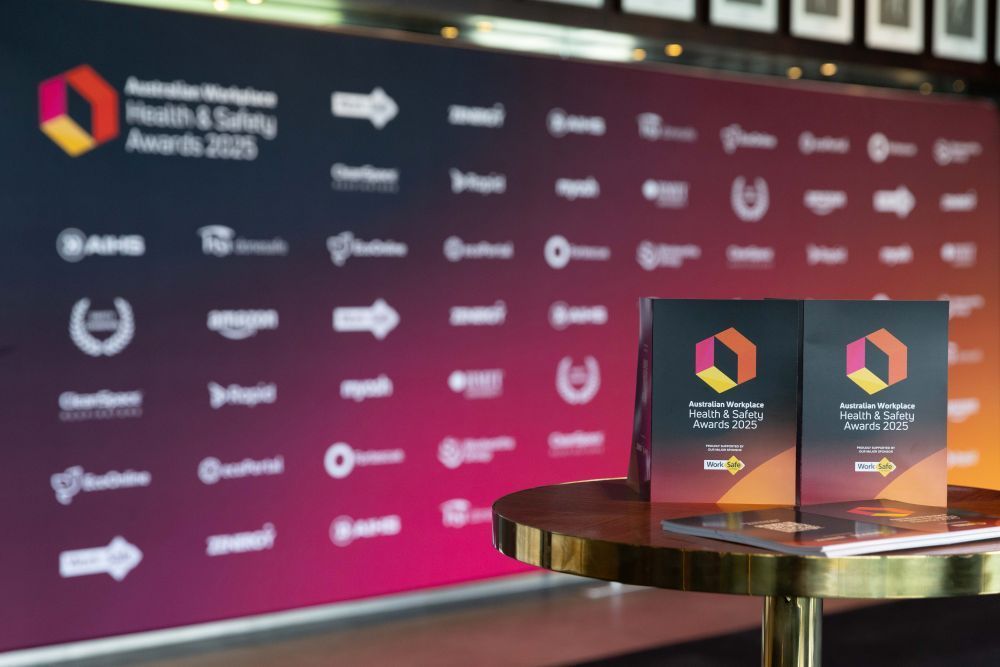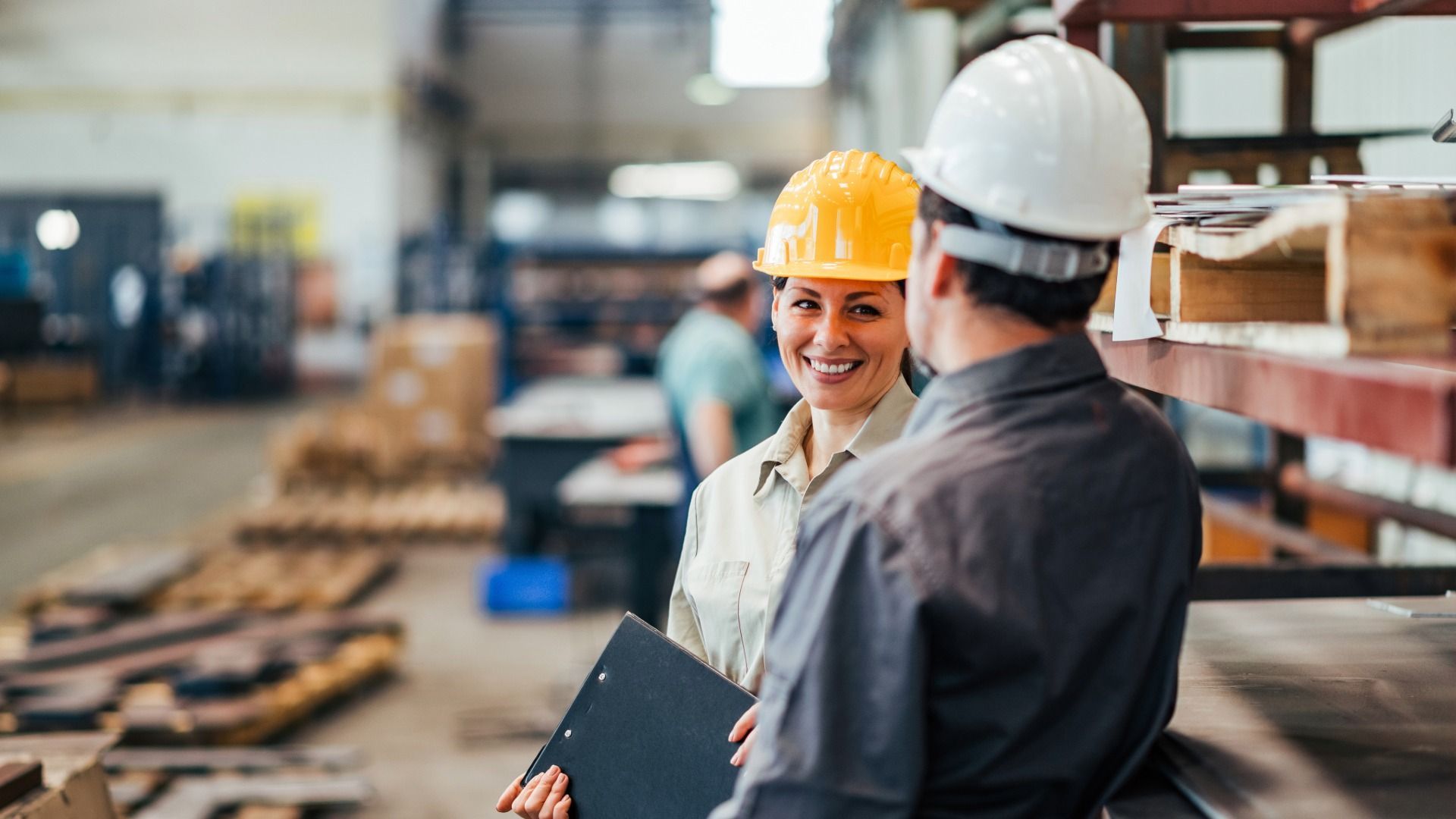Workplace Wellness Series – An interview with Shaun Smith – Downer Mining
Workplace Wellness Series – An interview with Shaun Smith – Downer Mining
Shaun leads organisations to envision and achieve a future with a healthy, safe, and productive workforce. Shaun is an accomplished occupational health and fitness for work professional with over 15 years’ experience working in large, diverse, and high-risk industries including: mining, heavy equipment, power generation and power transmission. In his spare time, Shaun is a member of the Mates in Mining Advisory committee helping to promote the Mates in Mining program which is an evidence-based suicide prevention program.
What big trends are you seeing within the Health and Wellbeing space in the mining sector?
Firstly, I believe there will be a greater need for specialised health and wellbeing professionals by forward thinking companies looking to invest more in health and wellbeing to achieve a step change in overall health and safety performance.
The safety of workers is and remains the top priority within the Mining sector and for good reason. Good safety performance is expected and there is considerable investment and focus applied to ensure critical risks are identified and controls implemented to help prevent incidents and injuries from occurring. Historically, the “health” in Health and Safety (HS) has tended to be a small “h” rather than a capital “H” despite poor health being a safety risk and a business productivity risk. There is a continued and increasing need to support and manage our ageing population, those workers with chronic disease(s) and the overall health and wellbeing of workers. We spend most of our time at work so the workplace should be used as a platform to engage with and influence the health and wellbeing of workers. However, I believe it needs to be done it a way that promotes shared responsibility and accountability. For example, whilst working at Stanwell Corporation I implemented an alternative General Practitioner-led health assessment program, whereby the employees could see their own General Practitioner during their own time and claim the “gap fees” up to $120 per annum. This program reduced their health budget spend by $200K per annum. I think companies that take a more balanced and integrated approach to health and safety risk management will be rewarded with a workforce that is healthier, safer and more productive.
Secondly, I believe there will be a greater uptake and user acceptance of online and tele-medicine services across the industry. The COVID-19 pandemic has accelerated greater utilisation of several technologies that have enabled us to continue working remotely or access a range of services such as telemedicine. Downer Mining has been using telemedicine services for more than 10 years predominantly to assist with early injury management processes post-injury and to complete fitness for work assessments. This enables our workers to receive early medical assistance and our staff to make more informed decisions on worker health issues without unnecessary downtime or worker discomfort associated with transporting workers long distances to attend a clinic. In March this year, when the Australian Government and the Australian Health Protection Principal Committee released guidance regarding vulnerable workers, we were able to build upon our experience and implemented a combined online health risk assessment and remote tele-medicine process to maintain confidentiality and minimise disruption to workers and operations. Downer Mining working closely with our medical provider was able to implement health management plans and or additional formal health risk management for the relevant workers. Greater utilisation of online and remote telemedicine services has enabled us to maintain communication with higher-risk employees regarding their general health and wellbeing during this pandemic including the development, implementation and monitoring of COVID-19 health management plans. I am currently looking at how we may build upon the success of this approach and continue to engage with our workers on and continue to support their health and wellbeing during and after the pandemic has abated.
How do you help people working in a high-risk industry to deal with stress, build resilience and other coping mechanisms?
I believe an evidenced-based and holistic approach to health and wellbeing is necessary to support workers across the employment continuum. Our mental and physical wellbeing can be influenced by a myriad of work and non-work related issues or pressures that can change on a day to day basis. The mining industry operates 24 hours per day, 365 days per year. There is no silver bullet and there is no one-size fits all approach so it’s important to us that our approach recognises the complexity and diversity of our workforce. In response, we offer a range of face to face or online health promotion programs that cover the following pillars that contribute to good health:
- Connectedness and communication
- Nutrition
- Physical Activity
- Mental Health
- Sleep
For example, during the pandemic we designed a working remotely playbook designed around these pillars and included links to online, quality assured resources to support holistic health and wellbeing. In terms of mental health, Mental Health First Aid Training has been embedded into the supervisor capability framework to enhance the mental health literacy of our managers. Furthermore, this is supported by several additional training modules designed to improve self-awareness and early help seeking and help offering by peer supporters for workers experiencing mental distress. Overall, it’s important to have a good foundation of health which is supported by effective health risk management and integrated with business systems and processes across the employment lifecycle.
What in your opinion is best way to conduct an overall wellbeing program within a large organisation like Downer?
Aligned with the World Health Organisation’s Healthy Workplace Model, I use an integrated approach to workplace health and wellness management. This includes strategies at an individual, cultural, policy and environmental level. Ultimately, it aims to make the “healthy choices, the easy choices” for employees. An effective health and wellbeing strategy also guides leaders by providing a framework that clearly defines objectives and key measures of success.
The key goals being:
- To deliver a coordinated, targeted, results-oriented and sustainable workplace health and wellbeing strategy which positively impacts organisational performance.
- To raise the profile of health and contribute towards a positive culture which supports employee safety and wellbeing.
- To proactively address identified employee health and wellbeing needs and reduce associated individual and organisational risk.
- To enhance systems and processes that contributes to the creation of a healthy workplace supporting Downer Mining workers.
For example, during my role as Group Manager Health at Downer Mining I successfully transformed Downer Mining’s health risk management functions into an industry-leading and multi-award-winning health and wellbeing program. This included developing an internally resourced mental health program that provided counselling services to improve mental wellbeing, mental health first aid training to increase mental health literacy of supervisors and delivered savings of $5 Million in associated productivity costs.
I focus on creating a step change in how organisations manage the health of their workforce and work with the leadership team to ensure appropriate investment and leadership commitment to implement key objectives in accordance with the strategy and health and business priorities. I know that given the opportunity to implement an effective health and wellbeing program within an organisation it has the potential to deliver a number of short, medium- and long-term outcomes such as: improved employee engagement, improved productivity, improved health related lifestyle and behaviours, improved corporate image and social responsibility, reduction in workplace injuries and illness.
What do you do personally, or can you share some tips on how people can switch off, or unwind in their downtime?
Personally, I try to practice what I preach by regularly exercising, eating well, getting enough good quality sleep, catching up with friends and family and most importantly having a bit of fun occasionally. In terms of exercise, since the pandemic started (with encouragement from my wife) embracing High-Intensity Training (HIT) on a static RPM bike in the garage. Once you get over the initial sessions (which were the hardest training sessions I have ever done), I have found that I feel better, sleep better and I am clearer headed and generally more productive after I have completed a class. On the off days, I balance that with some lower intensity exercise such as walking, riding with my wife and family.
One of the most important aspects of my routine is my nutrition. I have been practicing a plant-based diet for the last 2 years and have recently completed a certificate in plant-based nutrition. I am a firm believer that nutrition plays an extremely important role in how you feel physically and mentally, and I will be incorporating this thinking into our strategy in the future.
Lastly, I try to meditate as often as possible but not as much as I should. I usually use the free meditations available online and mix it up for some variety.
If you are interested in learning more about Zenergy , or if you would like to collaborate in our next Health, Safety and Wellbeing blog please feel free to contact Jason O’Dowd at Jason.ODowd@zenergygroup.com.au






